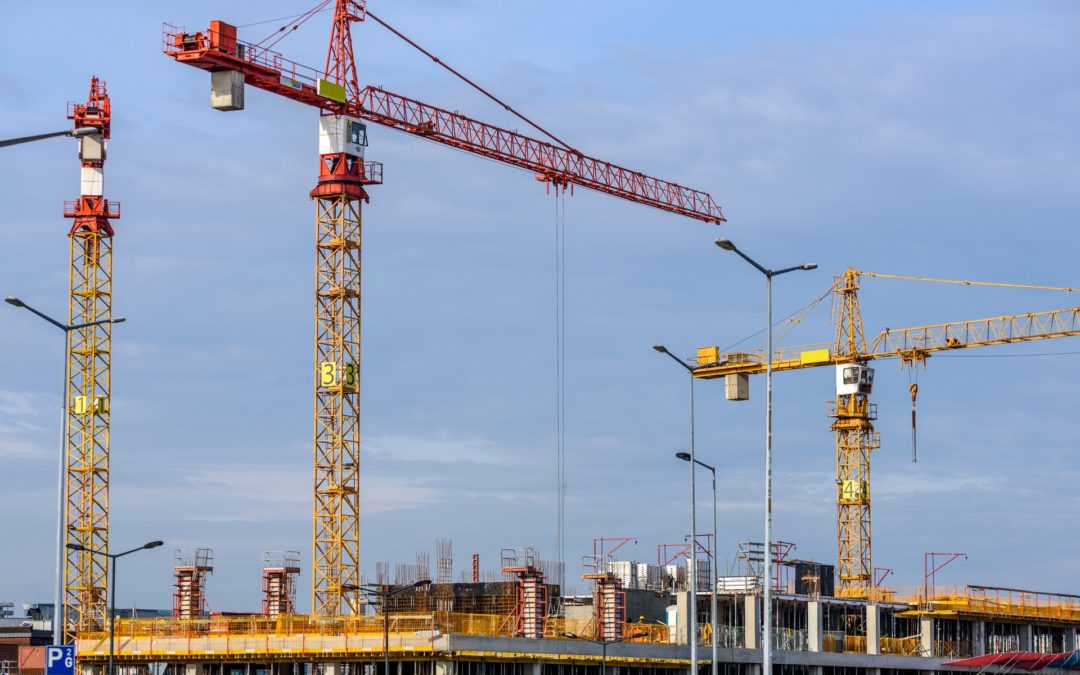And among people living in developing cities, 1 billion people are living in “slum” areas. The UN defines a slum as a household that lacks access to one or more of the following: access to improved water, access to improved sanitation, security of tenure, durability of housing, and sufficient living area. And the number of people dwelling in slums is expected to double to 2 billion by 2030.
Data and technology are valuable tools in the drive to improve administration and services in the developed world, but while these innovations are making urban environments more liveable, there is a potential risk to deepen inequality among digitally marginalised groups. But Smart Cities can also deploy technology in ways that make cities more inclusive for the marginalised, the disabled, the elderly and other vulnerable people.
Public health is one area where technology can bring big benefits to marginalised groups. In the developing world, preventable illnesses comprise a disproportionate share of the disease burden. When data are used to identify demographic groups with elevated risk profiles, low-cost mobile-messaging campaigns can transmit vital prevention information. So-called “m-health” interventions on issues like vaccinations and pre- and post-natal care have been shown to improve health outcomes and lower health-care costs.
Another area ripe for innovation is the development of technologies that directly aid the elderly. Here, the creation of local social-media networks could help seniors stay connected, perhaps by drawing them into mentoring and tutoring programs that build cross-generational bonds. E-career platforms could also be coded to match retirees with opportunities outside of the home. And more cities could deliver telemedicine and video consultations to elderly residents who are unable to easily travel to see doctors.
Cities around the world are already demonstrating, it is possible to deploy technologies that serve everyone – even those on the margins of connectivity. As the urban world becomes “smarter,” cities will have an opportunity to become more inclusive.
